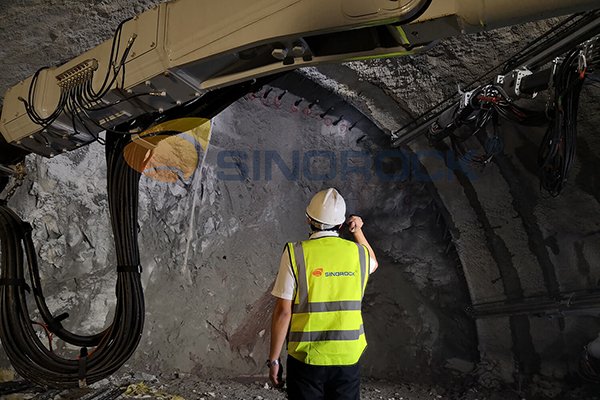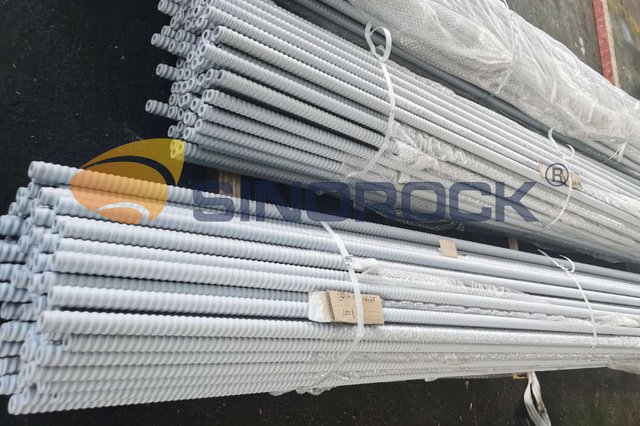Soil nailing is a new technology used for foundation pit excavation and slope reinforcement. Economical, reliable, quick, and easy construct, it has been rapidly promoted and used in many countries. Except as temporary support when excavating the foundation pit, it can also be used as a permanent earth retaining project with reliable performance.

Anti-corrosion
For permanent support, soil nail rust resistance and durability should be considered.
Increase the section of soil nail reinforcement. That is, according to the site conditions, predict the corrosion rate of the steel bar, determine the possible maximum corrosion depth according to the specified service life, and add it to the diameter of the soil nail steel bar.
Apply zinc or epoxy to the rebar surface to increase rust resistance. However, this method also needs to consider the corrosion rate and increase the cross-section, and this coating is easily damaged by impact, and it is also difficult to handle at the joint.

A protective layer of cement mortar. That is, general grouting nails are used, and the thickness of the protective layer is not less than 30-40mm. Since the soil nails will cause the mortar protective layer to crack, the corrosion rate still needs to be considered, and the cross-section of the steel bars should be appropriately increased.
Use envelope anti-rust nails. Add plastic corrugated casing outside the steel bar, the wall thickness of the casing is not less than 1mm, leave a gap of not less than 5mm between the casing and the steel bar, and inject cement slurry, and the casing and the drill hole are still filled with grouting. This method is the most reliable.
Drainage Facilities
Excavation
The following measures are taken for the soil layer that is prone to collapse: spray the concrete surface layer immediately after excavation, drill holes, and set soil nails after solidification; Smaller segment length segment jump excavation and support; advance steel pipe or a steel bar in advance before excavation.
As a permanent project, soil nailing support has not only been applied in highway, water conservancy, and urban construction but also has been successfully applied in railway construction. In the past, the railway slopes were mainly constructed with materials such as stone or concrete and were used to use gravity retaining walls. The structural reliability was low, and there were many diseases after delivery and operation. The new technology of soil nailing is adopted to reduce the amount of engineering and material consumption, and can well achieve the goal of slope reinforcement. The combined application of soil nailing support technology and other support technologies is feasible for the support of high slopes and has a wide range of application values.